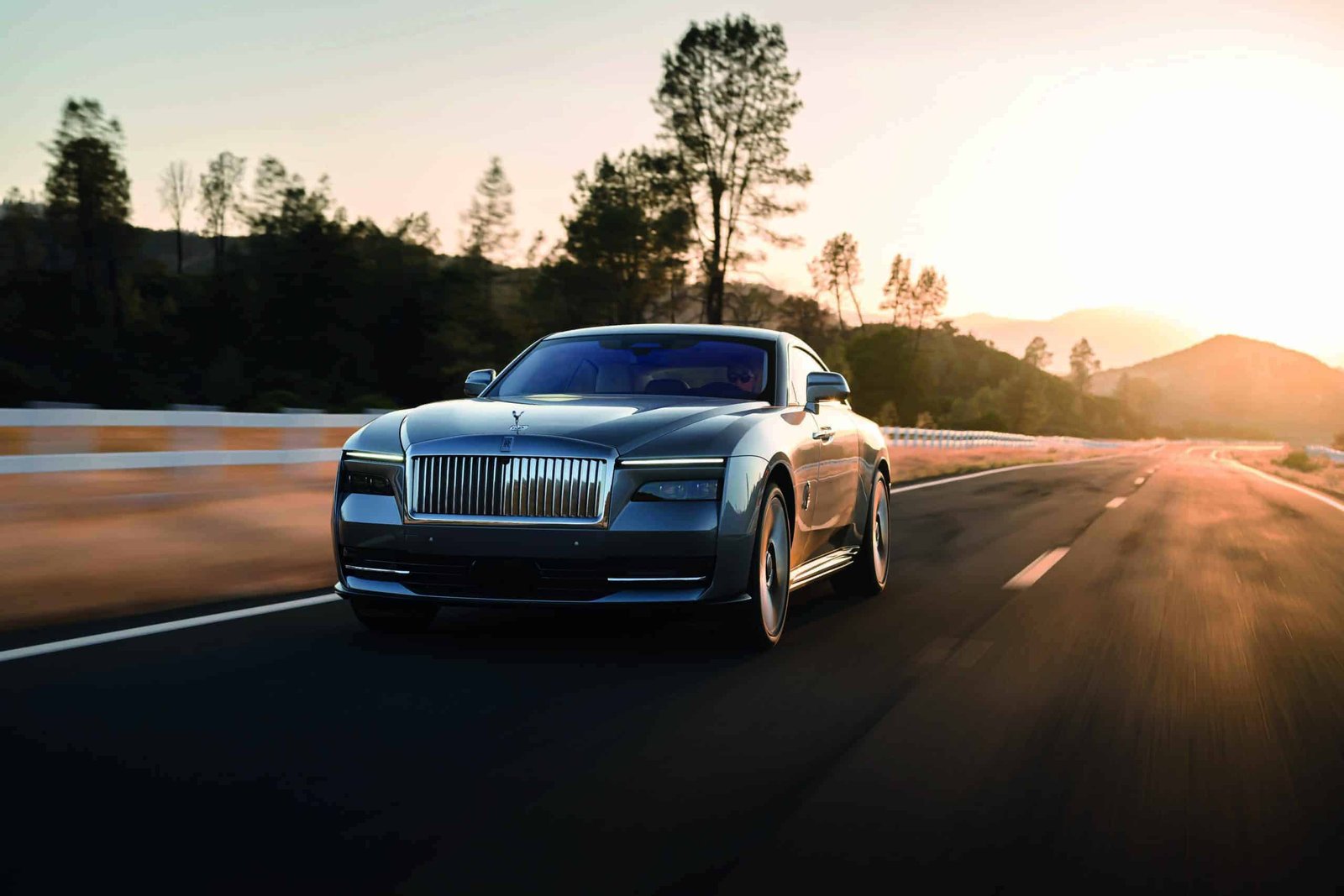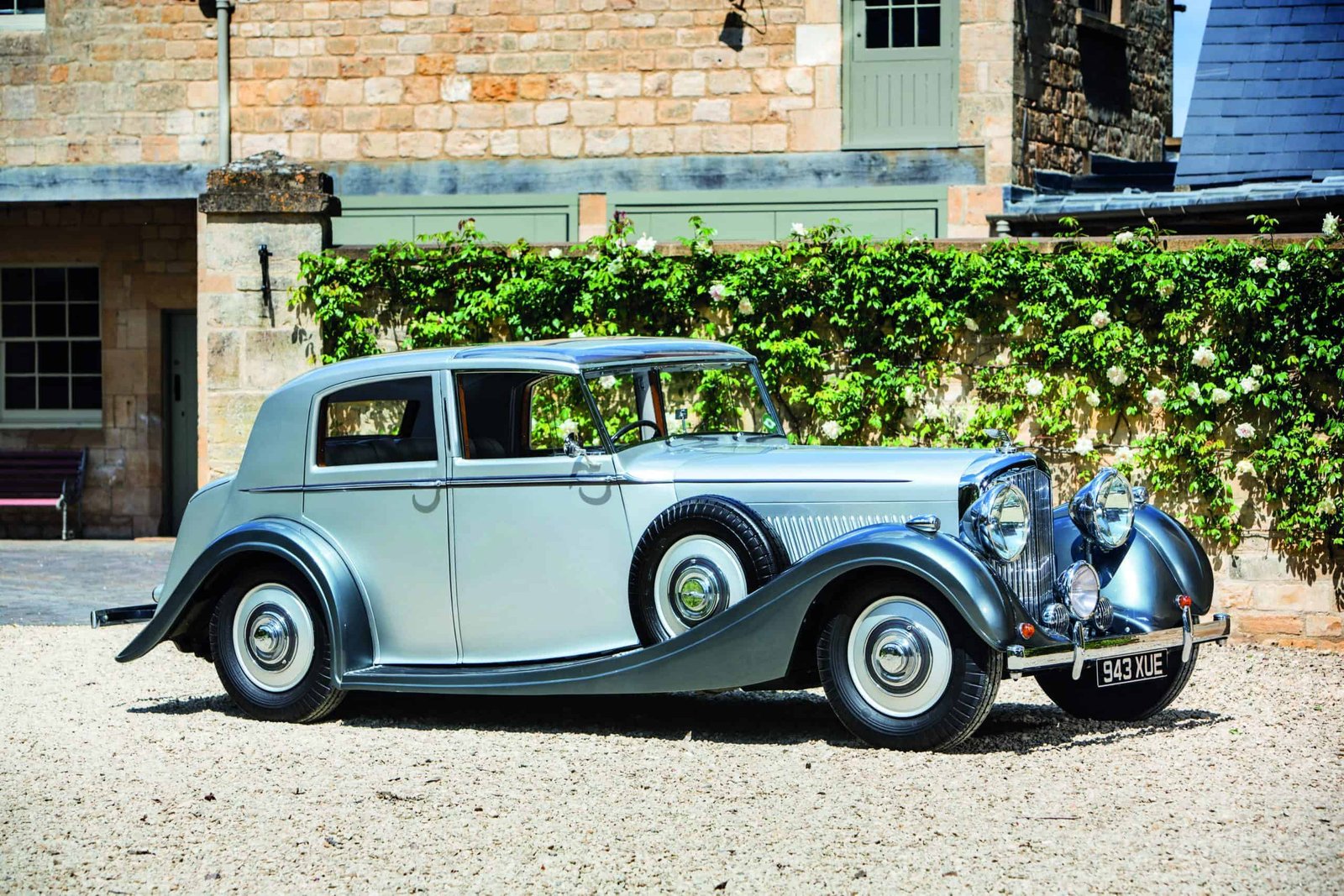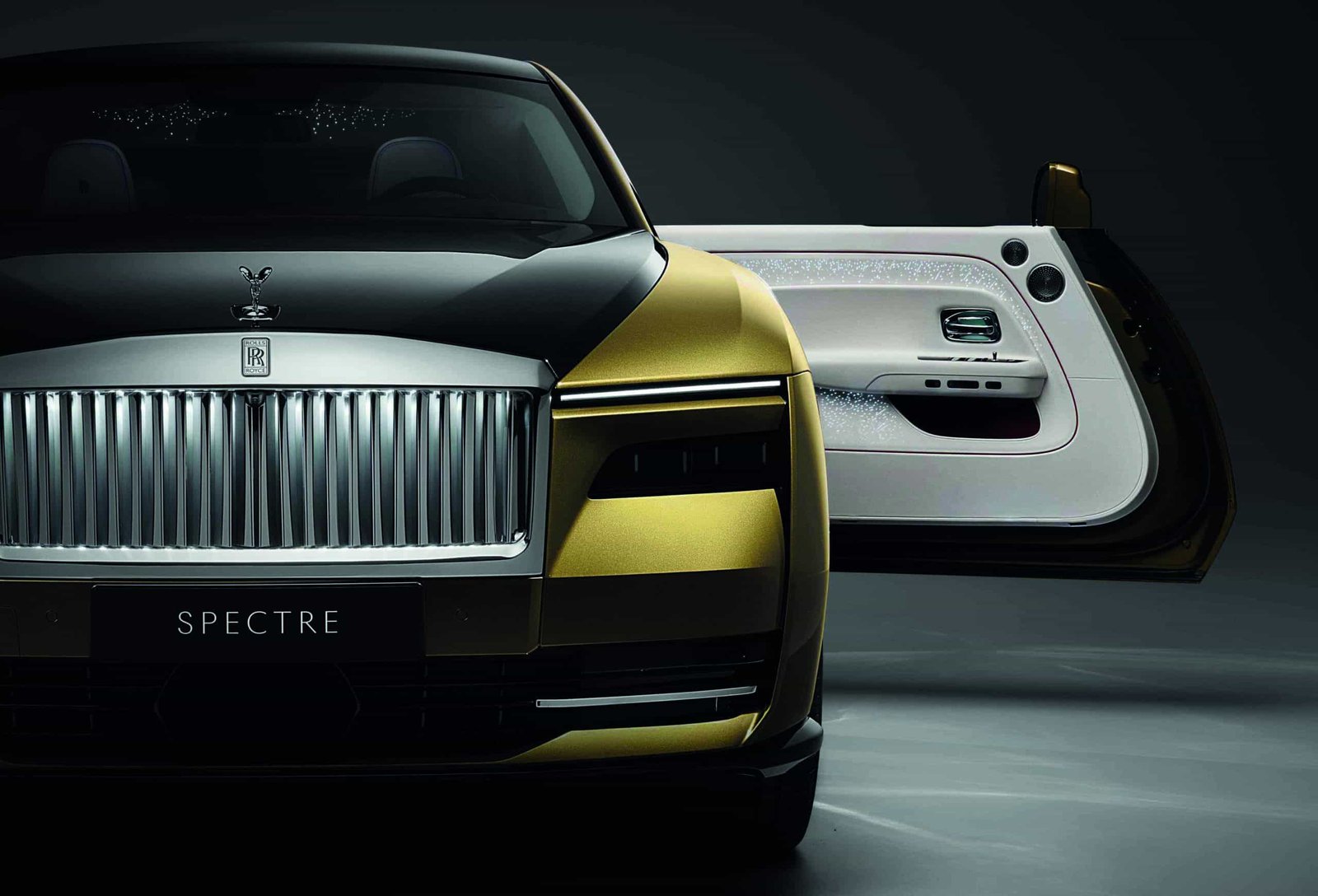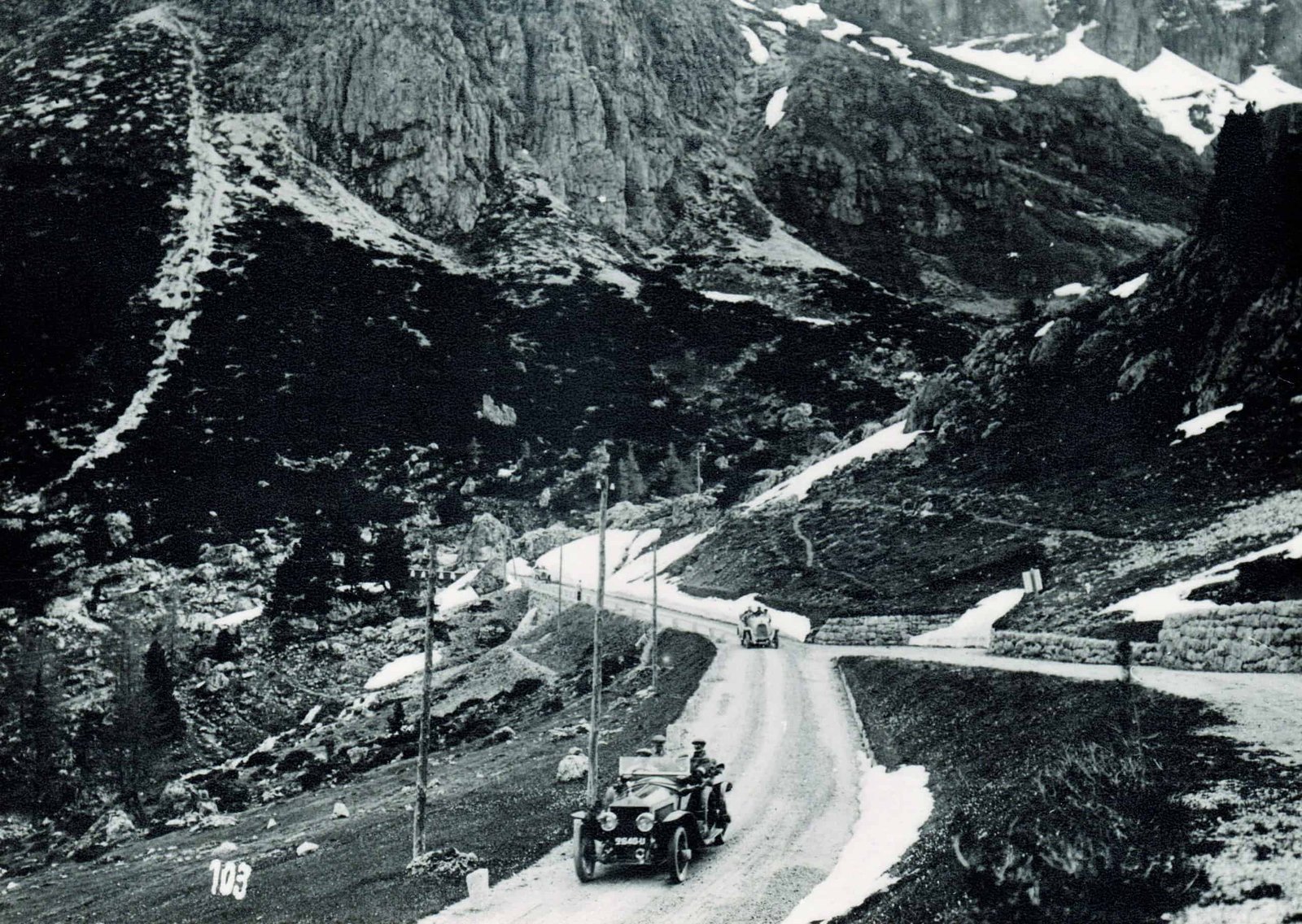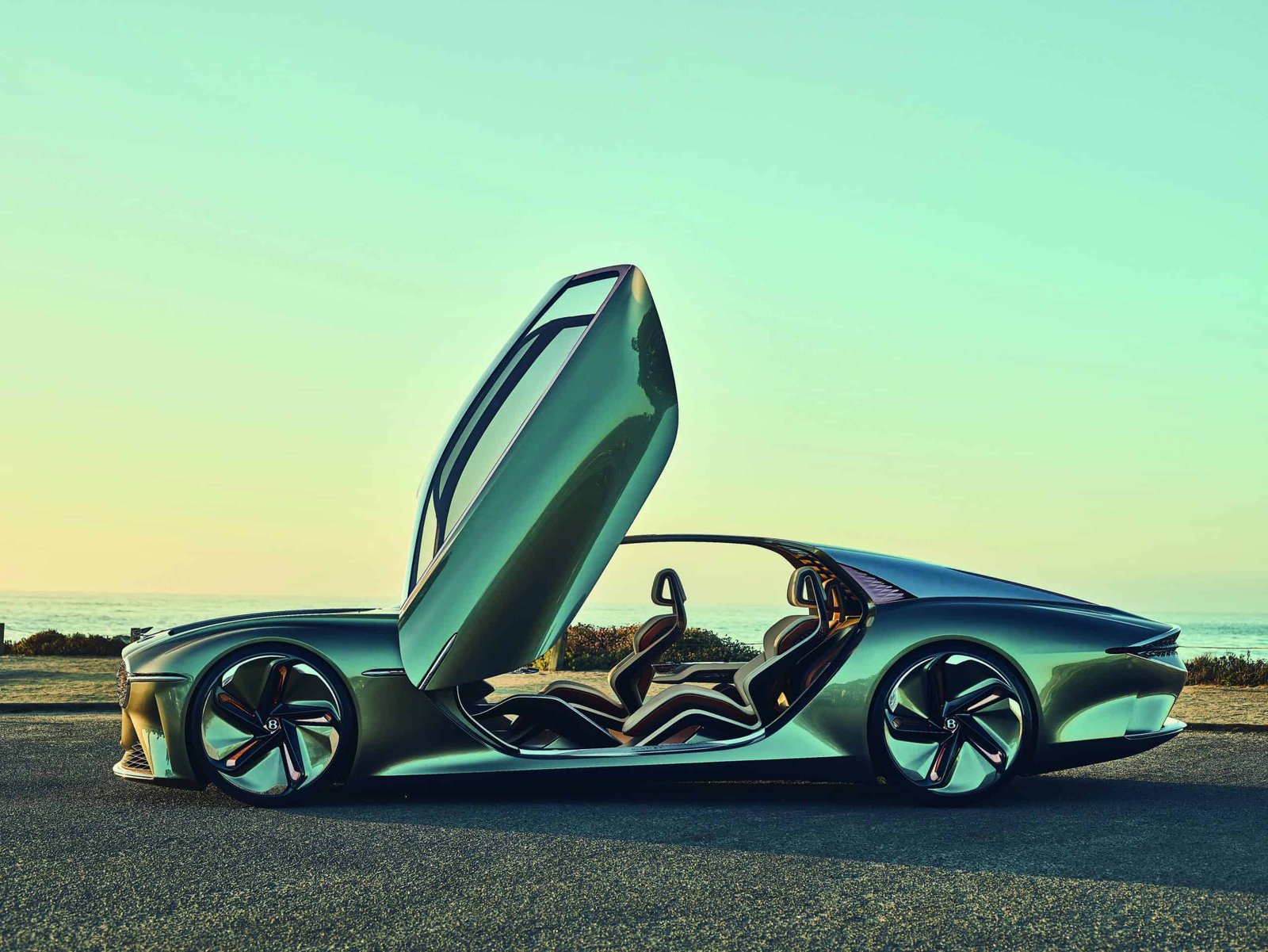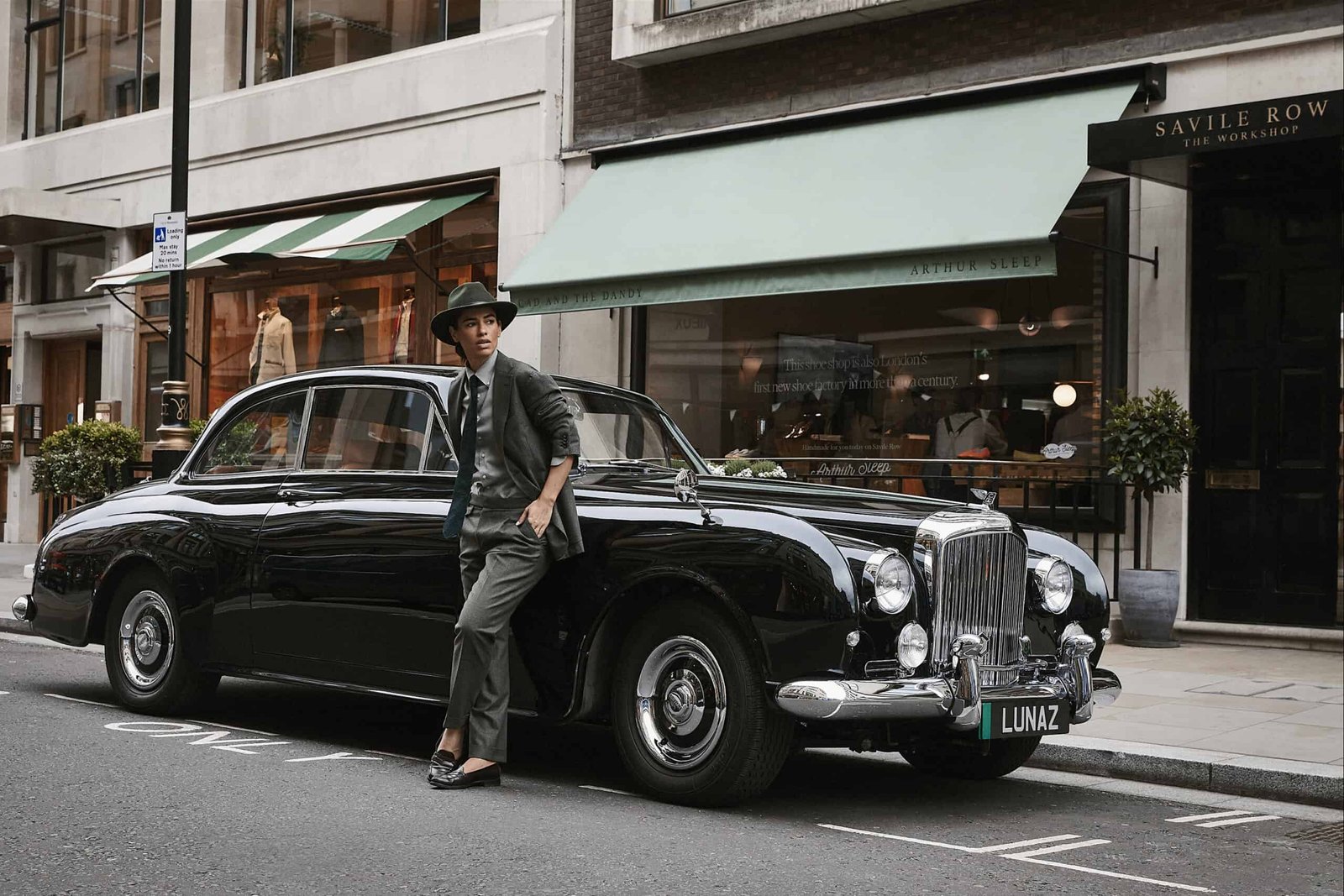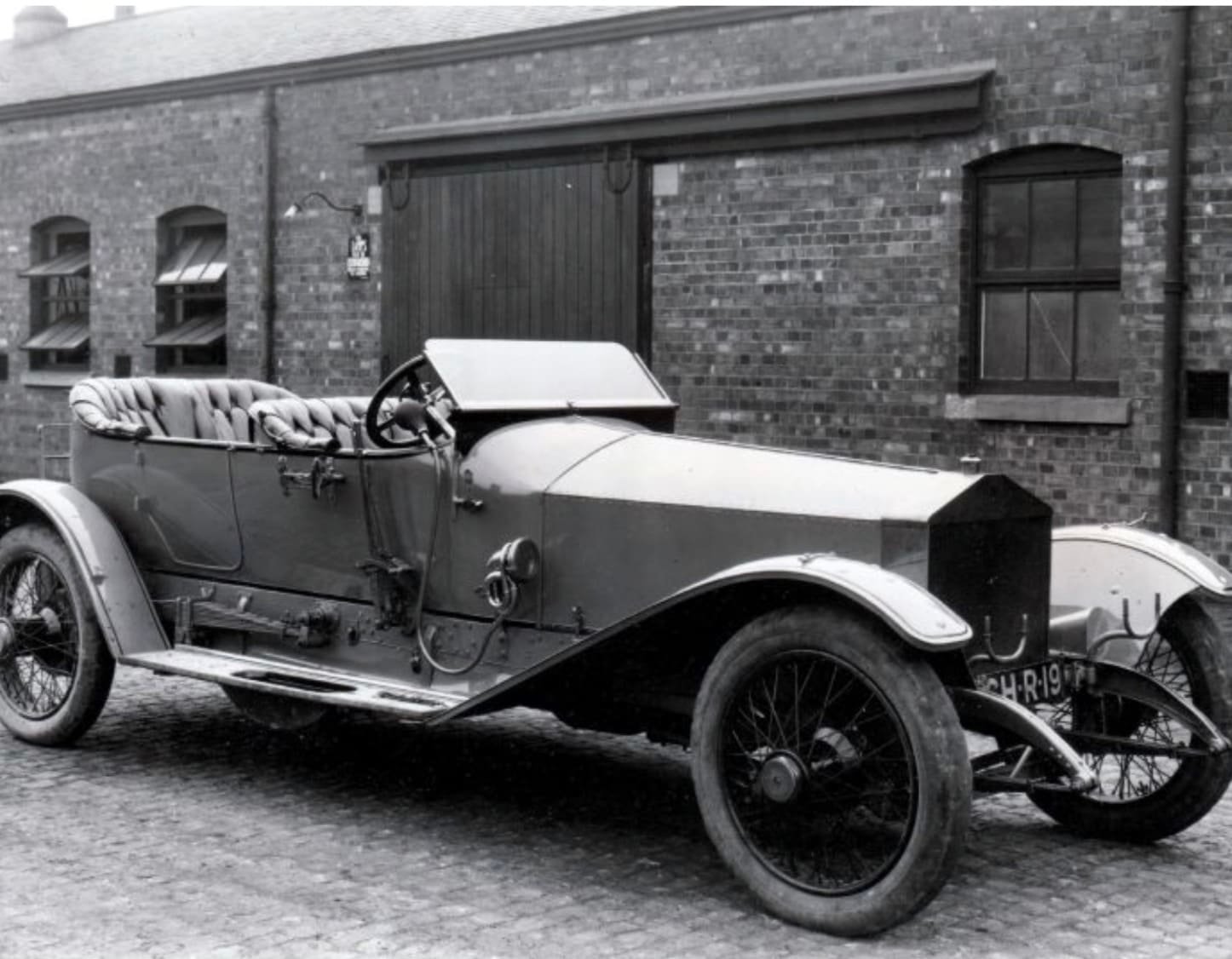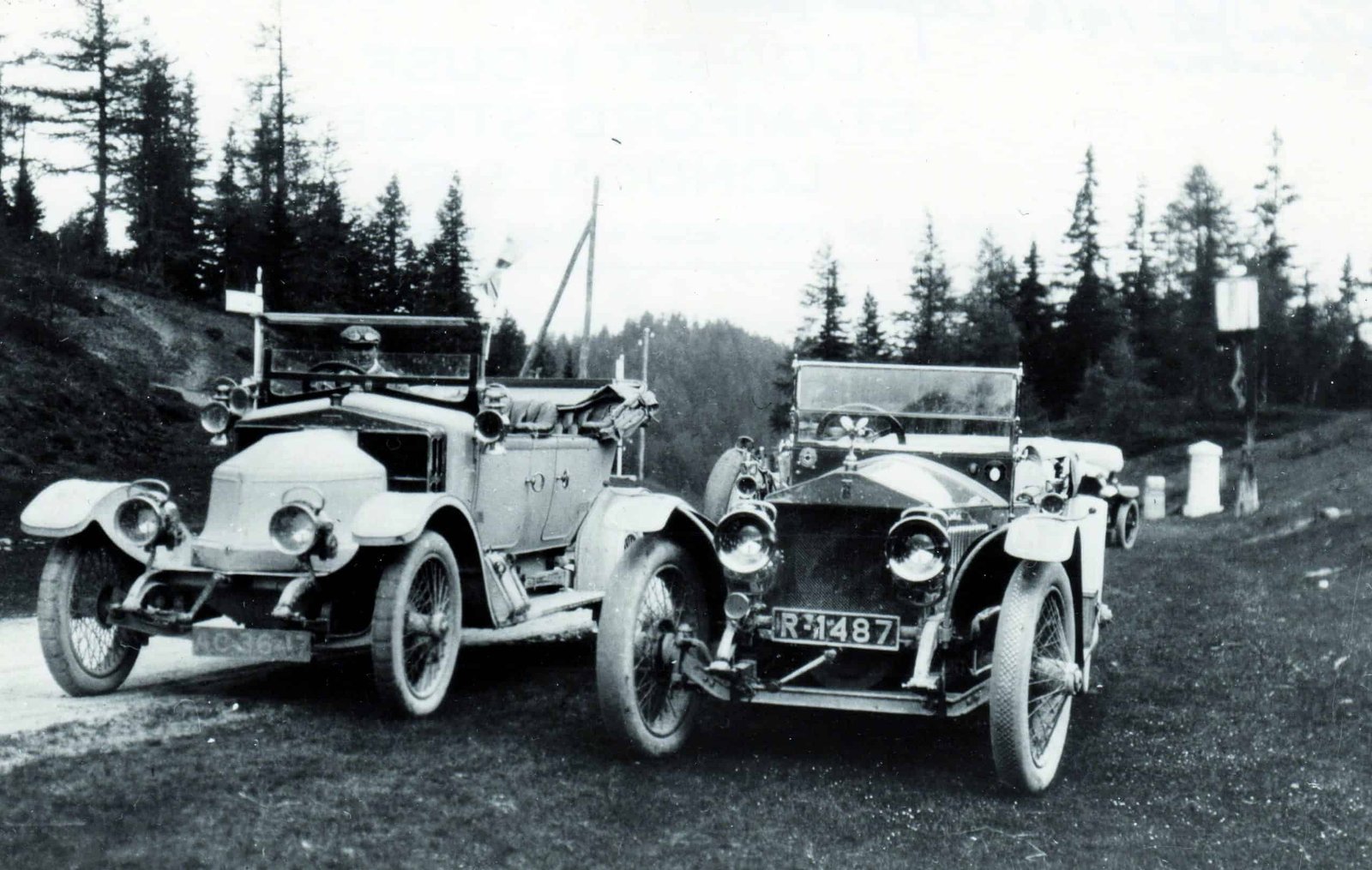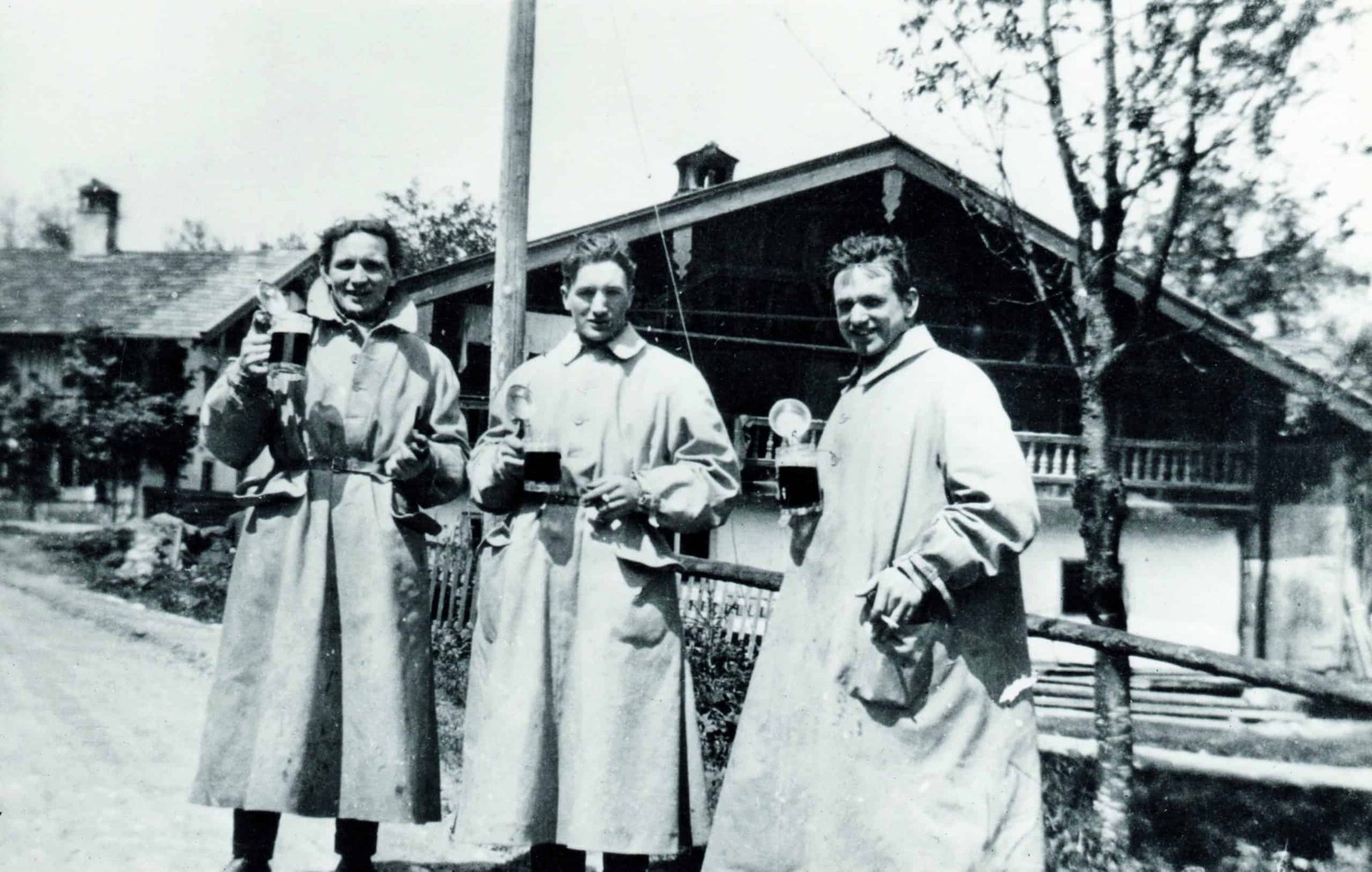The legendary Alpine Trial of 1913 confirmed Rolls-Royce’s status as “the best car in the world” for the next 100 years and beyond
During the latter part of the first decade of the 20th century, managing director Claude Johnson’s marketing strategy for Rolls-Royce proved to be spectacularly
successful. It revolved around the 40/50hp Silver Ghost, which was firmly established as “the best car in the world” following its success in the 1907 Scottish
reliability trial and the ensuing almost 15,000 RAC-observed miles. At a meeting on 13 March, 1908, Johnson therefore proposed to the board of Rolls-Royce Ltd
that the company should adopt a single-model policy and focus just on the Silver Ghost.
That same year, Rolls-Royce entered two cars known as “Silver Rogue” and “White Knave” in the 2,000-mile Scottish reliability trial. These Silver Ghosts were
the first to be mounted on Rudge-Whitworth wire wheels, and Silver Rogue, with Eric Platford at the wheel, won a gold medal. Success followed in trials on the
Isle of Man, home of the Tourist Trophy competition; in the United States; and in the 620-mile Bombay to Khalapur trial in India. This all contributed to the
consolidation of the reputation of the 40/50hp and the company that made it, which overcame the challenges posed by Henry Royce’s frequent bouts of illness
and the tragic, early death of Charles Rolls.
Since the 40/50hp had already acquired an impressive reputation, it became company policy not to take part in competitive trials. However, carmaker Napier
was very aware that its own six-cylinder cars were in competition with Rolls-Royce. So, Napier responded by running a car from London to Edinburgh in top
gear, emphasising that it had a rear-axle ratio of 2.7. This enabled the Napier to average 19 miles per gallon and to exceed 76mph in a timed test at
Brooklands racetrack.
Johnson rose to the challenge by commissioning a 40/50hp Silver Ghost with a higher than normal compression ratio and a 2.9-ratio rear axle. The car had a
narrow four-seater touring body on a lowered chassis, a tapering bonnet and Rudge-Whitworth wire wheels. It ran from London to Edinburgh and back with
great success, averaging 24 miles per gallon with a timed speed of 78mph at Brooklands. This car was marketed as the London-Edinburgh 40/50hp – an
attractive sporting model with a lightweight body and wire wheels.
But the London to Edinburgh trial was the exception rather than the rule, and conforming to company policy it was decided that Rolls-Royce would not compete
in the 1912 Austrian Alpine Trial. However, a keen owner, James Radley, decided to enter the competition as a private entrant in his London-Edinburgh 40/50hp,
causing great consternation when news reached the company that his car had stalled on an observed hill with a 35 per cent gradient on the Katschberg Pass.
After being passed by other competitors’ cars, Radley managed to stagger up the hill by decanting his passengers, but the time that elapsed in this debacle led
to his withdrawal from the event.




